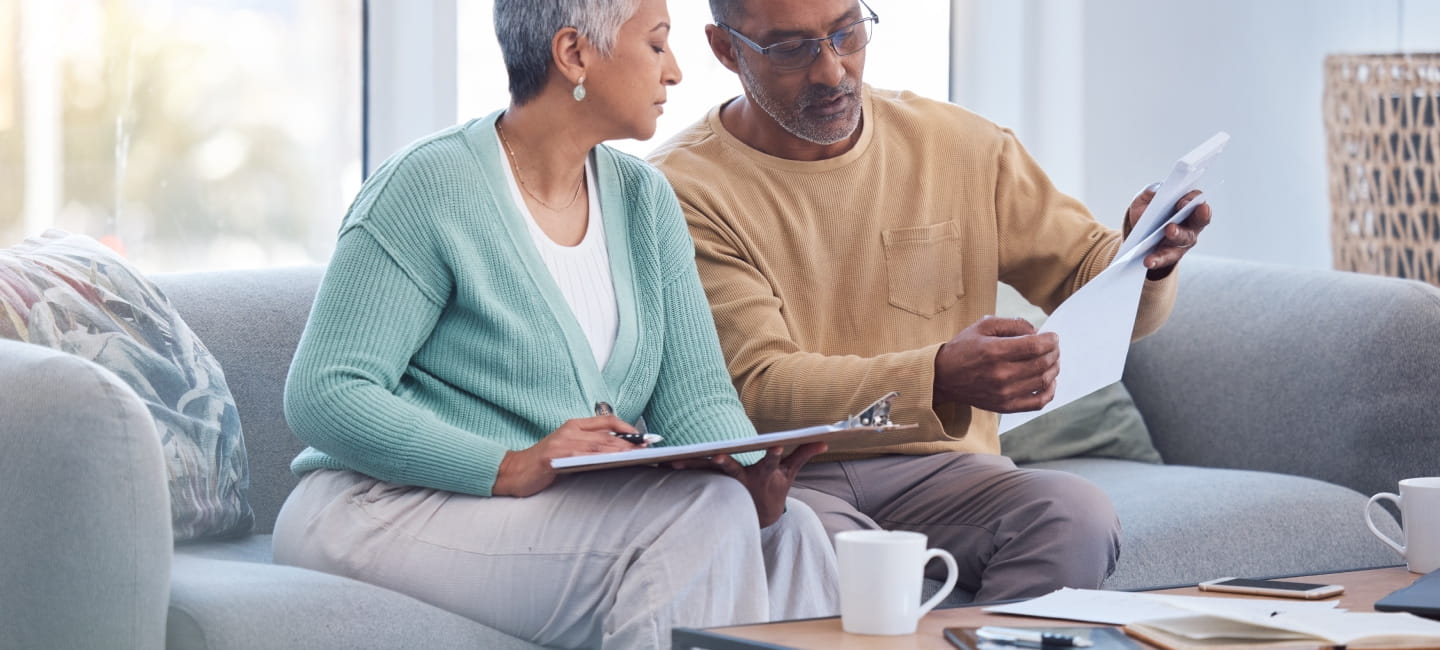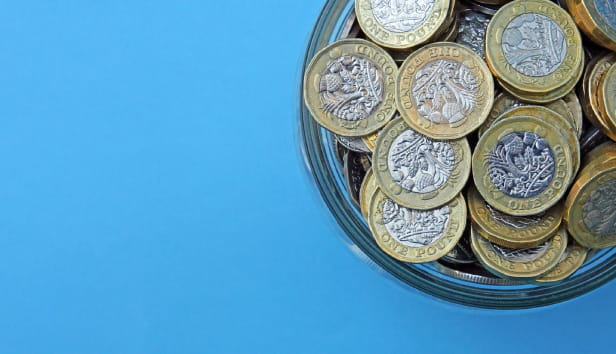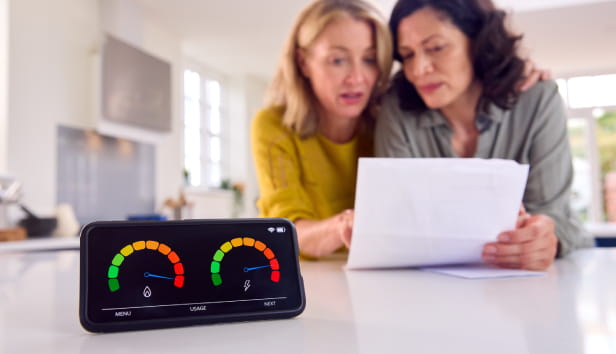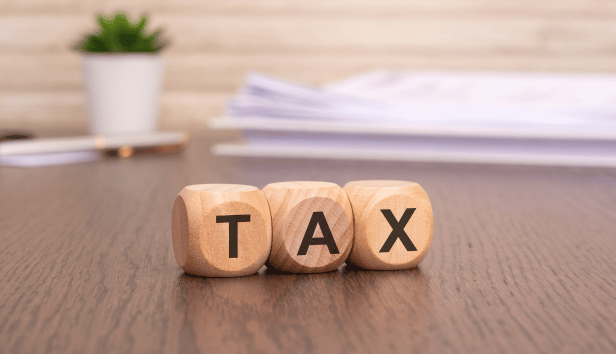
This article is for general guidance only and is not financial or professional advice. Any links are for your own information, and do not constitute any form of recommendation by Saga. You should not solely rely on this information to make any decisions, and consider seeking independent professional advice. All figures and information in this article are correct at the time of publishing, but laws, entitlements, tax treatments and allowances may change in the future.
More than six million people with cash savings could be hit with a tax bill on their interest according to new research – nearly double the number in 2023.
The analysis, conducted by savings provider Shawbrook into data from banking and financial services firm CACI, looked at the number of savings and current accounts that could potentially earn more than £1,000 in interest, the maximum personal savings allowance for basic rate taxpayers.
It found the number had risen from 3.3 million in the same month the year before, meaning millions could be faced with a tax bill on interest from their savings for the first time.
Adam Thrower, Head of Savings at Shawbrook, says: “For many years, tax on savings has been something of an aside due to low rates, but with high interest and frozen thresholds, this becomes more of a concern.
“Savers must now consider tax and the impact this might have on their overall returns as a central issue when deciding where to place their hard-earned money.”
However, with an understanding of how the personal savings allowance works and an awareness of alternative savings options, it’s entirely possible to reduce a tax bill...or even not need to pay tax on savings altogether.
The personal savings allowance (PSA) is the amount someone can receive in interest before they’ll start having to pay tax on it.
As Alice Haine, Personal Finance Analyst at Bestinvest, explains, the allowance is linked to the rate of income tax paid: “Basic rate taxpayers have a PSA of £1,000, while it is set at £500 for higher rate taxpayers.
“Additional rate taxpayers, subject to the 45% income tax rate, have no concession at all, which means they are liable for tax charges on the first penny of savings interest they earn.”
If someone is on a lower income, they can use their personal allowance (the amount one can earn tax free each year, which is £12,570 for most people) to reduce the amount of tax paid on interest.
This is only if it’s not already being used by other income, from pensions or earnings, for example.
“Those earning less than £12,570 also receive an extra £5,000 tax-free allowance for their savings income, known as the starting rate for savers,” adds Haine.
“This means an individual can earn £12,570 in income and £6,000 in savings interest (£5,000 starting savings allowance plus the personal savings allowance of £1,000) - that’s a total of £18,570 from wages and savings interest before tax is applied.
“However, things get more complicated for those earning between £12,570 and £17,570 as for every £1 of non-savings income above the personal allowance, they lose £1 of their starting savings allowance.”
The amount of money someone needs to have in savings before triggering a tax charge will, of course, depend on the interest rate they're receiving.
The higher the interest rate, the sooner they’ll start paying tax.
Bestinvest crunched the numbers for Saga Money News using the Bank of England’s (BoE) effective interest rate, (the actual rate of interest currently being paid as a weighted average across banks and building societies).
“This came in at 4.43% in May 2024, which means that savers who are higher rate taxpayers with just under £11,300 in cash savings at this rate would use up their £500 personal savings allowance and be charged tax on the interest they earn,” says Haine.
“This is significantly less than the roughly £135,000 they could have saved in November 2021, the month before the BoE began hiking interest rates, when the effective interest rate on new fixed savings accounts was just 0.37%.”
“For a basic-rate taxpayer today, there’s more wiggle room. They can save just under £22,600 in an account with an interest rate of 4.43% before they breach their £1,000 allowance and tax charges get applied to their interest payments.”
| Date | Effective interest rate* | Basic-rate taxpayer | Higher-rate taxpayer | Additional-rate taxpayer |
|---|---|---|---|---|
|
May 2024 |
4.43% |
£22,573 |
£11,286 |
£0 |
|
Nov 2021 |
0.37% |
£270,270 |
£135,133 |
£0 |
.jpg?sc=max&mw=800&h=450&la=en&h=731&w=1300&hash=CDD609F33212074784F973F95C0E6E59)
If a saver breaches the PSA, HMRC would be notified by their savings account provider.
Haine says: “HMRC calculates the tax due on savings interest from information supplied to them by banks and building societies, with the money deducted directly through the payroll.
“This means workers taxed under PAYE, or those who have retired and receive a pension, will receive a tax code change, with HMRC estimating how much interest someone will receive in the current year by looking at what they received in the previous tax year.”
If someone pays tax using self-assessment, they can declare savings interest on their tax return – if they don’t already do so, and earn more than £10,000 from savings and investments, they’ll need to complete one.
(You can check to see if you need to complete a tax return if you’re unsure whether this applies to you).
“For those who are not employed, do not receive a pension or complete self-assessment, your bank or building society will inform HMRC the level of interest you received at the end of the tax year,” says Haine.
“HMRC will then inform you that a tax charge is due and how to pay it.”
An effective way to reduce a tax bill on savings (while still earning a decent rate) is to use a cash ISA.
Each year savers can put away up to £20,000 across all ISAs they hold, and no tax will be payable on the money contained within them.
Alex Edmans, Product Director at Saga Money, says it’s important to shop around to make sure savers are getting the best tax-free return.
“There are some competitive cash ISA rates available right now, so savers should make sure they look around to get a good rate, rather than just saving with an existing high-street bank,” she says.
“Also, move savings into an ISA at the start of each tax-year to benefit from the maximum tax-free period; many only save into their ISA at the end, which means a whole year of tax exemptions has been missed.”
Edmans suggests there are other options if someone has already used up their allowance or want to boost their retirement pot.
“For anyone approaching retirement, it may also be worth ensuring they’re maximising pension contributions instead – tax relief is paid on annual contributions up to 100% of their salary (to a maximum of £60,000),” she adds.


From pensions to inheritance tax, transport costs to benefits, we look at the Budget changes that matter for you.


/mature-couple-looking-at-taxes.jpg?la=en&h=650&w=1400&hash=5CFABEEDC751F26D56DD3E85749E3C36)




From sales to cashback, here’s how to get more for your money online.
.jpg?la=en&h=354&w=616&hash=1254A3F816E81965A47EA68E3AEC9F7A)

Smart meter pros and cons explained, and how to use them. Plus, new rules mean you could get a payout if yours doesn’t work.
